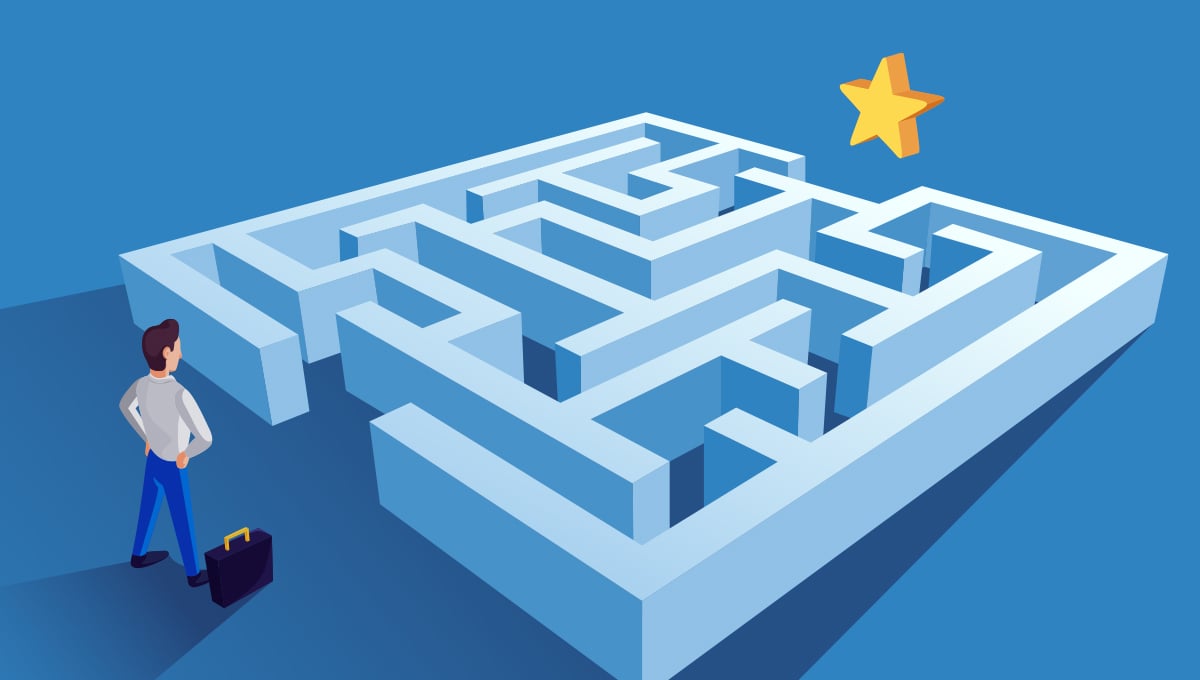
Imagine being tossed off a plane from an altitude of 40,000 feet.
No parachute. No Jumpsuit. Just you, plummeting over 50 feet per second as a four-minute timer counts down.
To survive, you must answer a few questions correctly. A right answer stabilizes your course, and a wrong one accelerates your fall.
By the time you approach your final question, you only have seven seconds for the last one. As soon as it arrives, you respond in a blink.
A pair of wings pop out of your back, and you fly away as the magic words YOU WON explode on your screen.Once the game is over, the excitement fades away—but the mistakes you made and the feedback you gained remain etched in your mind. By the time you resume work, you've already learned your lesson without the pain of a boring lecture.
You probably don't even think about how much you were emotionally connected to your avatar on the screen.
Isn't this how we want our learning programs to work? Be it mastering a machine, managing a team, or even handling an angry customer, we want our people to be ready for the challenge.
Our traditional learning programs don't always live up to that challenge. So, when the stakes are high, we wish we had a tool or a trick to work the charm for us. And gamification happens to be both.How Gamification Enhances Real-time Training
Incorporating game elements in training or turning a complete course into a game is not new to the learning landscape. But the rise of digital technology enhanced its reach and flexibility. Now organizations are using it for more serious and specific outcomes.
Onboarding:
Newbies coming into your enterprise are nervous but are eager to make a good first impression. Gamification of getting to know their roles and tools makes onboarding fun. Leaderboards and badges help them grow in confidence and fuel enthusiasm. This influences your learner's workplace behavior and learning retention. Your newer people can catch up to the demands of their roles faster and with more enthusiasm.
Compliance:
In a gamified compliance course, your learners can become a part of a fictitious team that explores content regarding your policies and in-house ethics. Now and then real-life scenarios challenge them, calling for accurate decisions at the moment. Despite their victory or defeat, everyone is feeding their conscience with all the required dos and don'ts.
Sales:
Simulating meetings with clients and receiving instant feedback, enables your representatives to understand all the potential outcomes of a sales pitch. From opening a call, then identifying your customer needs and positioning your product as a solution—all supported by the small chunks of information that gaming modules provide. Game mechanics like points and levels quantify their eLearning experience.
Customer Service:
The job of a customer service executive is not that easy. You expect them to listen to your clients all day and resolve their issues as quickly as possible. You need them to know how to respond to all possible questions. Many companies are offering gamified training to their executives, which provides real-life scenarios and gives feedback. They can also contribute content to their company's knowledge base and get incentivized for the same. So, they are not only enlightening their colleagues but are also enhancing the quality of the services they provide. Continue reading...
